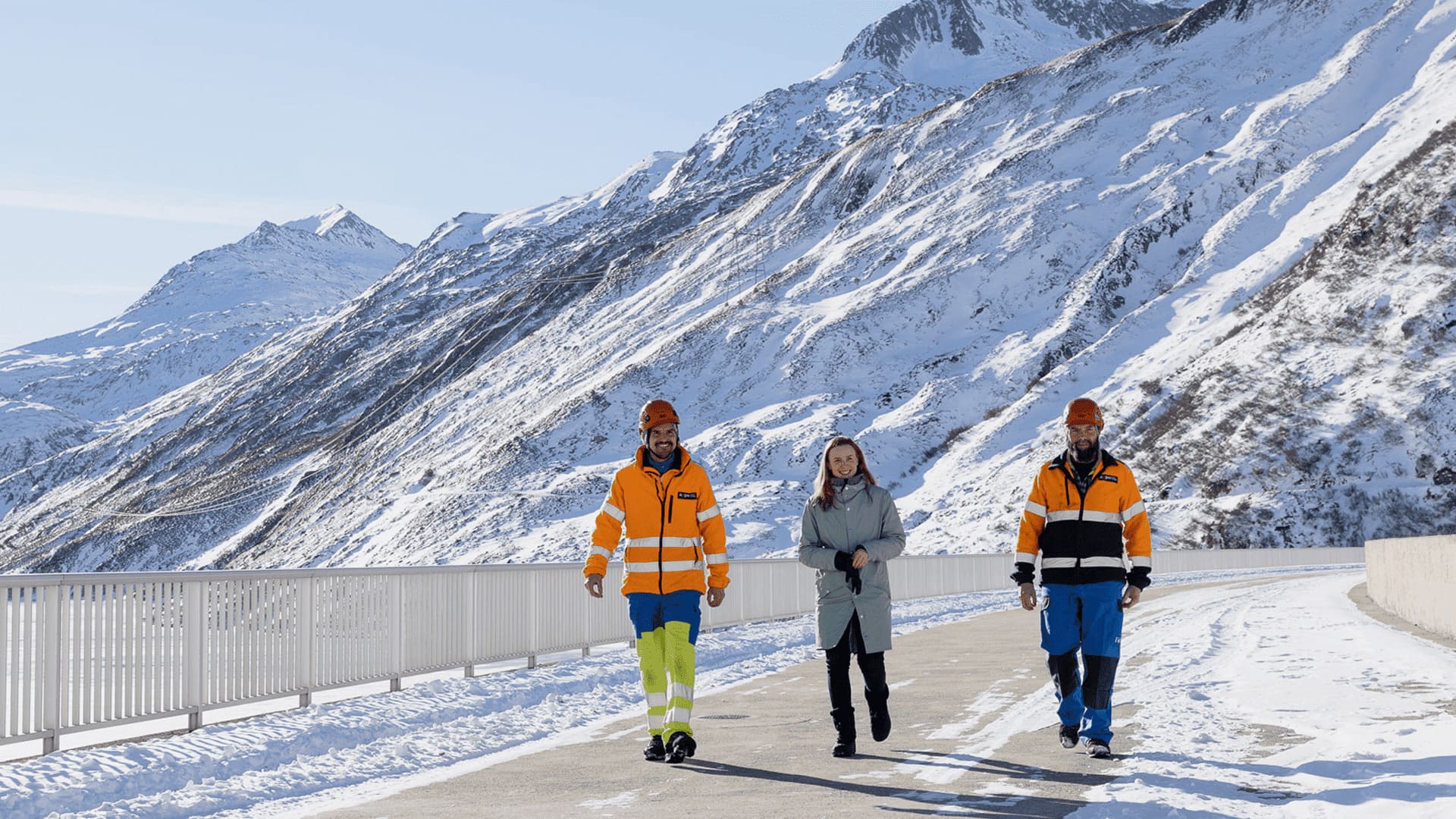06.10.2022 |
Replacement values in the balance sheet
Axpo balance sheet extended due to power price explosion- leads to misinterpretation
Currently, the balance sheets of many energy companies are extended and equity ratios are dropping. This is an accounting effect and does not indicate higher risk.
A look at the trend on Axpo's balance sheet would startle anyone. From 31 March 2021 to 31 March 2022, the balance sheet total rose from around CHF 25 billion to CHF 65 billion. In contrast, the equity over the same period remained unchanged and amounted to CHF 8 billion on 31 March 2022. As a result, the equity ratio decreased from about 30 per cent to 12 per cent. Is this a warning sign of dramatically increased business risk? No, it is not.
During this period, Axpo's business risk has hardly changed. In fact, the outlook for a large power producer like Axpo is even more positive due to rising power prices. The reason for the extended balance sheet is that accounting regulations assign contracts for future energy deliveries with a replacement value linked to the current market price.
Accounting regulations extend the balance sheet
In practical terms, as previously explained, Axpo sells its Swiss power production several years in advance to protect itself from falls in price. Since not all the power can be sold directly to customers in Switzerland, owing to lack of demand, the remaining power is sold on the wholesale market. Depending on demand, Axpo buys electricity back from the wholesale market for sale to its customers in Switzerland. Let's assume that Axpo sells electricity to a counterparty at a fixed date for CHF 50 per megawatt-hour and, at the same time, buys back the power from a trading partner on the same date and for the same price. Both transactions are fixed and agreed at the same price. As a result, no market risk exists (i.e., a possible loss due to price fluctuations). If securities have to be provided for these transactions, as in wholesale trading, no counterparty risk results (i.e., possible counter-party insolvency). In addition, cash flow is at the same level for both parties and takes place at the same point in time, so there is no liquidity risk in connection with these transactions.
Under current accounting regulations (IFRS), the two transactions cannot be offset because they took place with two different counterparties. Therefore, they are reported separately on the balance sheet. Because they are forward (futures) transactions, they have to be entered on the balance sheet at their replacement value. These replacement values are dependent on the current market price. If the market price on the closing date is CHF 200, our agreed future transaction at a price of CHF 50 has a positive replacement value of CHF 150. In other words, our right to buy power at CHF 50 has a value of CHF 150 at the current price of CHF 200. This value is reported on the assets side of the balance sheet. However, our obligation to sell power for CHF 50 when the current market value is CHF 200 represents a negative replacement value of CHF 150. This value is reported on the liabilities side of the balance sheet.
Balance sheet ‘breathes’ with the market price
In the example above, the assets and liabilities sides of the balance sheet each increases by CHF 150 although the transactions are not a risk to the company. If the price continues to rise, the assets and liabilities sides continue to increase in step, while the business risk from these deals remains unchanged. If the price goes down, the assets and liabilities sides decrease at the same pace. In a way, the balance sheet ‘breathes’ in and out with the market price. When the transactions are processed, the replacement values disappear from the balance sheet. It can therefore be said that the strong expansion of the balance sheet in previous months and the consequently strong drop in the equity ratio are mainly an accounting-related outcome of the dramatic rise in energy prices and not indicative of increased risk.




.jpg)





